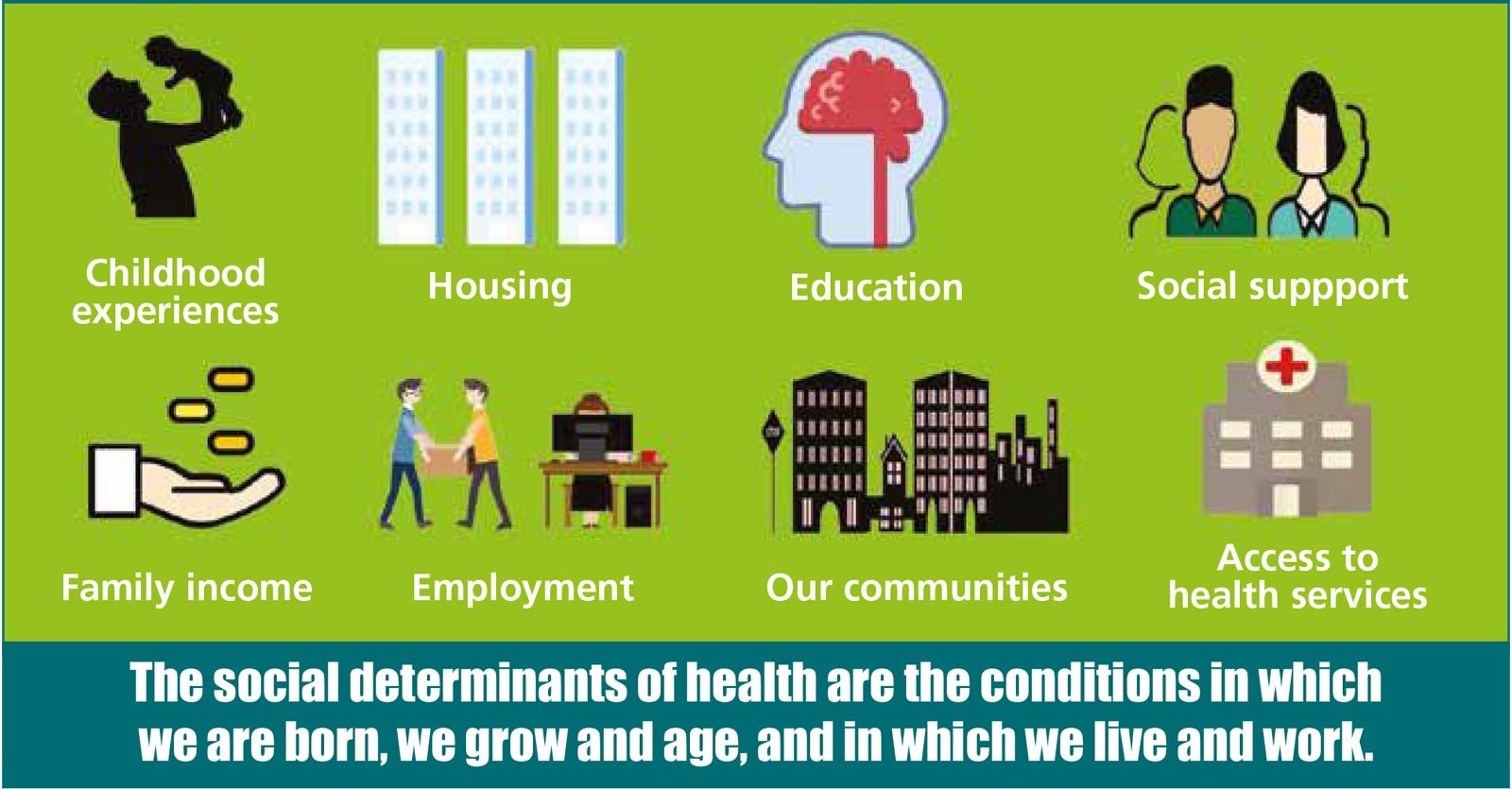
The Seven Pillars of Lifestyle Medicine
"Health is not a destination, it is a journey; the seven pillars of lifestyle medicine provide one possible roadmap."— Polina Sayess, MD.
What Are The Seven Pillars of Lifestyle Medicine?
There are many specialties and branches of medicine, and each helps to treat people differently.
One of the most recent and emerging sub-specialties is lifestyle medicine. The landmark article published in the Journal of American Medical Association (JAMA) in 2010 defined lifestyle medicine as an evidence-based approach to preventing, treating, and even reversing some diseases by replacing unhealthy behaviors with positive ones - such as eating healthfully, being physically active, managing stress, avoiding risky substance abuse, adequate sleep, and having a solid support system. [1] Since then, lifestyle medicine has been growing, and in 2017, the first board exam in lifestyle medicine [2] was held. I have been board certified in lifestyle medicine since 2018.
So, what is lifestyle medicine?
This field of medicine focuses on delivering patient-centered care that helps patients modify behaviors to improve their lifestyles and support different aspects of their health. Prescribing lifestyle interventions can help people with obesity and other health conditions, such as high cholesterol and elevated blood sugar, and help enhance immunity and mental well-being. Lifestyle medicine can be used to augment conventional therapies, for example, to reduce medications for diabetes and high blood pressure. In certain situations, we may not need to use drugs at all.
There are seven pillars of lifestyle medicine, each focusing on different lifestyle areas. Find out more about the seven pillars below:
#1. Food
Healthy eating is one of the key ways to ensure better health, but it is an area many need help with, leading to poor diet and overconsumption. By understanding what constitutes a healthy plate, [3] people can learn more about how to make healthier diet choices, reduce processed foods and sugar, and stay well hydrated.
Some of the critical factors for a healthy diet include:
Ensuring a whole-food balanced diet of carbohydrates, proteins, and fats helps provide the body with the nutrition it needs.
Eating fruit and vegetables promotes a healthier immune system and delivers necessary nutrients, such as essential vitamins and minerals.
Avoiding artificial and processed foods that contain excess sugar, fat, and salt.
Choosing better oils and fats.
Learning how to prepare food at home can help you manage your diet effectively.
Individuals can help reduce excess weight and associated disorders, such as diabetes and heart disease, through a healthy diet.
Good nutrition is the foundation of good health; make sure to nourish your body with wholesome, nutritious foods!
#2: Movement
Exercise is vital for improving cardiovascular health, strength, and mobility. However, according to the CDC, “more than 1 in 5 adults is inactive in all but four states” [4], leading to various medical conditions.
Lifestyle medicine helps educate people on the different types of physical activity they can do to help while also explaining the benefits. For example, it’s recommended that adults complete at least 150 minutes of aerobic exercise each week, plus two days of resistance training which can help improve their overall health and well-being.[5]
With many different types of physical activities, it’s important to note that even daily movement, such as brisk walking, gardening, or dancing, is an effective way of staying active and helps people enjoy the benefits of staying fit without thinking about exercise. Active play is also a great way to develop strength, coordination, and balance and can be very enjoyable. [6]
Increasing physical activity can decrease the risk of depression and anxiety [7] and is equally effective as medication in treating major depression.[8] It also plays a vital role in managing insulin resistance and diabetes, increasing bone density, reducing the risk of cognitive decline, reducing the chances of heart disease and stroke, reducing the risk of some cancers and all-cause mortality. [9]
Movement is key to unlocking a healthier and happier you!
#3: Mental Health
Most people deal with periods of stress, whether through work or other elements of their lives. However, it is the way we handle stress that can impact our health. Through lifestyle medicine, people are taught some of the more effective ways of managing stress and learning how to stay positive and happy while focusing on positive relationships.
Prolonged periods of stress can lead to anxiety and depression and even contribute to higher blood pressure and associated conditions. “Psychosocial stress more than doubles the risk of hypertension, the most related factors being post-traumatic stress disorder, anxiety, and work stress.” [10]
However, individuals can focus on a more positive outlook by learning relaxation, breathwork, and stress management techniques.
Taking care of your mental health is just as important as taking care of your physical health.
#4: Sleep
Sleep is essential for good health, and the National Sleep Foundation [11] recommends adults get 7-8 hours of quality sleep each night. Unfortunately, many factors can affect sleep quality, leaving people tired, unfocused, and unmotivated. Studies demonstrate that short sleep duration increases the risk of obesity, insulin resistance, and diabetes. [12]
By making use of sleep hygiene strategies, lifestyle medicine can help teach better sleep habits, including:
Cutting down on electronics before bed
Limiting caffeine intake, especially later in the day
Being active during the day helps expel energy and regulate the body clock
Ensuring the bedroom is quiet and comfortable
By working with me, we can identify the leading causes of poor sleep hygiene and develop personalized recommendations to improve the quality and duration of sleep.
Sleep is the cornerstone of good health; without it we are unable to function at our best.
#5: Avoiding Harmful Substances
Abuse of certain products can harm health. Some of the main substances abused by individuals include:
Alcohol
Illegal Drugs
Tobacco products
Misuse of prescription medicines
Lifestyle medicine can help educate individuals on the impact of harmful substances and help them become less reliant on them. And, of course, the best approach for a healthy lifestyle is to avoid these substances altogether, something people with substance addictions may find challenging.
You are what you consume - make sure to fill yourself with healthy, positive choices.
#6: Healthy Relationships
Developing positive (or supportive) relationships [13] is integral to health and well-being. Our relationships can make us happy and help us feel supported while preventing loneliness. In addition, by improving interactions with other people, we can reduce stress and anxiety, making it easier to be consistent with healthy habits.
With both short and long-term benefits for your health, maintaining healthy relationships can significantly impact a person’s well-being. Lifestyle medicine can help through education on better communication, trust, and defining boundaries, as well as recognizing negative relationships and when to let them go.
Healthy relationships are the foundation for a healthy life; take care to nurture them.
#7: Social Determinants of Health
Health is impacted by more than just our bodies; it can also be affected by other factors. According to the World Health Organization (WHO) [14], the social determinants of health are the conditions in which people are “born, grow, work, live, and age and the wider set of forces and systems shaping the conditions of daily life.” In addition, political and economic factors and discrimination can also impact it.
Some factors that, per WHO, can impact health positively and negatively include:
• Income and social protection
• Education
• Unemployment and job insecurity
• Working life conditions
• Food insecurity
• Housing, basic amenities, and the environment
• Early childhood development
• Social inclusion and non-discrimination
• Structural conflict
• Access to affordable health services of decent quality.
These elements can lead to health inequalities [15, 16], more so than medical care and lifestyle choices, thus, to make long-lasting impact, it is important to address them.
Image source: NHS Health Scotland. Human rights and the right to health. 2016. https://www.healthscotland.scot/media/1276/human-rights-and-the-right-to-health_dec2016_english.pdf.
The Importance of Lifestyle Medicine
Lifestyle medicine aims to help people live healthier lives and uses evidence-based approaches that can help educate and inform individuals on how to live healthier lifestyles. Many severe chronic health conditions could be prevented and treated by changing lifestyle habits. Not everything needs a pill.
Although lifestyle medicine can be accessible to all, lifestyle change can be daunting, challenging, and difficult to implement. By leveraging my experience and expertise, I can help to not only understand the evidence but also, through shared decision-making, develop practical, sustainable ways to manage lifestyle change effectively. Some strategies include collecting a comprehensive history of current lifestyle habits and practices, goal setting, and choosing strategies to overcome barriers to change.
Lifestyle is Medicine™
REFERENCES
1. Lianov L. Physician competencies for prescribing lifestyle medicine. JAMA. 2010;304(2):202. doi:10.1001/jama.2010.903 2. Home. ABLM. https://ablm.org/. Published November 25, 2022. Accessed January 2, 2023. 3. What should I eat? The Nutrition Source. https://www.hsph.harvard.edu/nutritionsource/what-should-you-eat/. Published September 24, 2019. Accessed January 2, 2023. 4. CDC releases updated maps of America’s high levels of inactivity. Centers for Disease Control and Prevention. https://www.cdc.gov/media/releases/2022/p0120-inactivity-map.html. Published January 20, 2022. Accessed January 2, 2023. 5. Physical activity. World Health Organization. https://www.who.int/news-room/fact-sheets/detail/physical-activity. Accessed January 2, 2023. 6. Edwards D. Active play - Why Play? Primal Play. https://www.primalplay.com/why-play. Published October 14, 2019. Accessed January 2, 2023. 7. Choi KW, Chen C-Y, Stein MB, et al. Assessment of bidirectional relationships between physical activity and depression among adults. JAMA Psychiatry. 2019;76(4):399. doi:10.1001/jamapsychiatry.2018.4175 8. Blumenthal JA, Babyak MA, Doraiswamy PM, et al. Exercise and pharmacotherapy in the treatment of major depressive disorder. Psychosom Med. 2007;69(7):587-596. doi:10.1097/PSY.0b013e318148c19a9. Effect of physical inactivity on major non-communicable diseases worldwide: An analysis of burden of disease and life expectancy. British Dental Journal. 2012;213(7):359-359. doi:10.1038/sj.bdj.2012.909 10. Foguet-Boreu Q, Ayerbe García-Morzon L. Estrés psicosocial, hipertensión arterial y riesgo cardiovascular [Psychosocial stress, high blood pressure and cardiovascular risk]. Hipertens Riesgo Vasc. 2021;38(2):83-90. doi:10.1016/j.hipert.2020.09.001 11. National Sleep Foundation. https://www.thensf.org/. Published November 14, 2022. Accessed January 2, 2023. 12. Antza C, Kostopoulos G, Mostafa S, Nirantharakumar K, Tahrani A. The links between sleep duration, obesity and type 2 diabetes mellitus. J Endocrinol. 2021;252(2):125-141. Published 2021 Dec 13. doi:10.1530/JOE-21-0155 13. Northwestern Medicine. 5 benefits of healthy relationships. Northwestern Medicine. https://www.nm.org/healthbeat/healthy-tips/5-benefits-of-healthy-relationships. Accessed January 2, 2023. 14. Social Determinants of Health. World Health Organization. https://www.who.int/health-topics/social-determinants-of-health. Accessed January 2, 2023. 15. Arcaya MC, Arcaya AL, Subramanian SV. Inequalities in health: definitions, concepts, and theories. Glob Health Action. 2015;8:27106. Published 2015 Jun 24. doi:10.3402/gha.v8.27106 16. NHS Health Scotland. Human rights and the right to health. 2016. https://www.healthscotland.scot/media/1276/human-rights-and-the-right-to-health_dec2016_english.pdf. Accessed January 3, 2023. 






